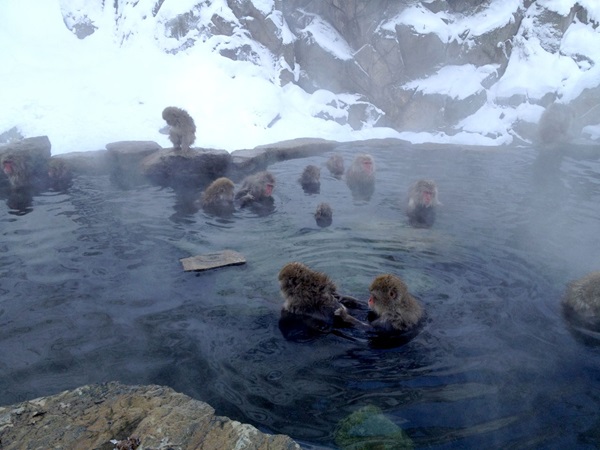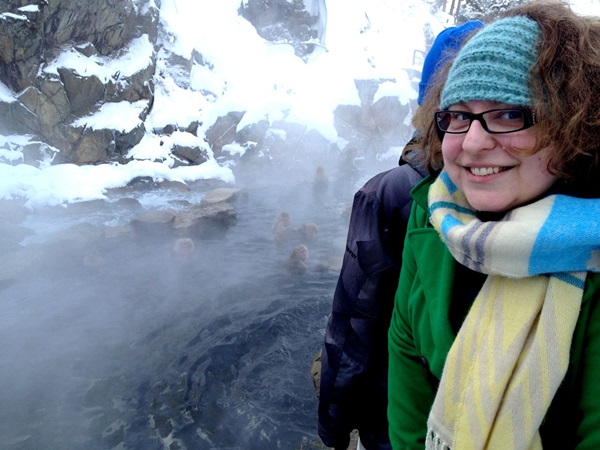Blog No.128
Author: Kristin Johnson

Currently, I am in the final year of my PhD at Arizona State University working with Dr. Everett Shock researching the types of organic reactions possible on mineral surfaces at hydrothermal conditions. Dr. Shock was an invited speaker at the 4th ELSI Symposium where the topic was Early Earth, Venus & Mars: Three Experiments in Biological Origins. As a chemist, I found the symposium very interesting as it focused on the physics and dynamics of planet formation and environments available on Venus, Earth and Mars more than it focused on the chemistry. At times, the topics were a bit outside of my current knowledge base, but presentations like these can provide me with a much needed background in the field of "origins of life" studies and see how my own work could possibly fit into these other topics of interest. The origin of life is a difficult question and any interdisciplinary introduction is useful to try and understand the specific challenges researchers are faced with in this field.
For the last 25 days, I was a welcomed visitor at ELSI. My participation in the 4th ELSI Symposium was an unexpected and serendipitous event where I was allowed to stay after the symposium for the purpose of forming collaborations with other researchers. The people I've met here have been warm and very kind. I was given an office for the duration of my stay and was able to meet many different researchers throughout my visit. The conversations have been fantastic! I will say that if you are willing to do the legwork and introduce yourself to others, you will find a great group of people to interact with and discuss fascinating scientific questions. Though components of the labs are still being constructed, it is plain to see that ELSI is taking their foundation very seriously. I've seen a wealth of instrumentation and resources, several of which are waiting for the right person to come and inhabit the space. The collaborative spirit is alive within the halls of both the ELSI-1 and ELSI-2 buildings. Plenty of opportunities are provided to interact with other scientists and discuss current projects or useful new projects that should be explored in future.
Throughout my visit, I was able to visit many areas around and outside of Tokyo. The train system is a fantastic resource, offering transportation to most places in the city and several options for locations much further away. Tokyo is a very lively place and when you tire of pavement the local trains, bullet trains and buses offer several ways to get to lush natural scenery through day trips or weekend trips. I journeyed to locations such as the Zenkoji Temple located north of Nagano City, Yamanouchi known as the snow monkey town where both humans and monkeys can enjoy the hot relaxing onsen of the region, Kamakura where you pass the great white Ofuna statue on the train on the way to the giant Buddha, and Hakone a beautiful forested mountain area with several lovely onsen. I've also been to Akihabara, Shibuya, Odaiba, Oimachi, Kamata, Shinjuku and Ikebukuro, even if only briefly. The city is huge and there is way too much to see in one visit, but I suggest trying to see as much as you can and interact with as many people as you can, even if you must do pantomime to do so.
The last time I had been to Japan was in 2014 to attend the Origins meeting in Nara. The 4th ELSI symposium was my first trip to Tokyo and I had a fantastic time. I learned a lot about ELSI and the people who work here. I learned about the collaborative culture and the friendly atmosphere. I made many new friends and future collaborators. All in all, it was a great opportunity and a wonderful trip. I am very thankful to the people of ELSI for their hospitality and I look forward to collaborating with them in the future!

Kristin visiting the onsen of the Snow Monkeys in Yamanouchi
